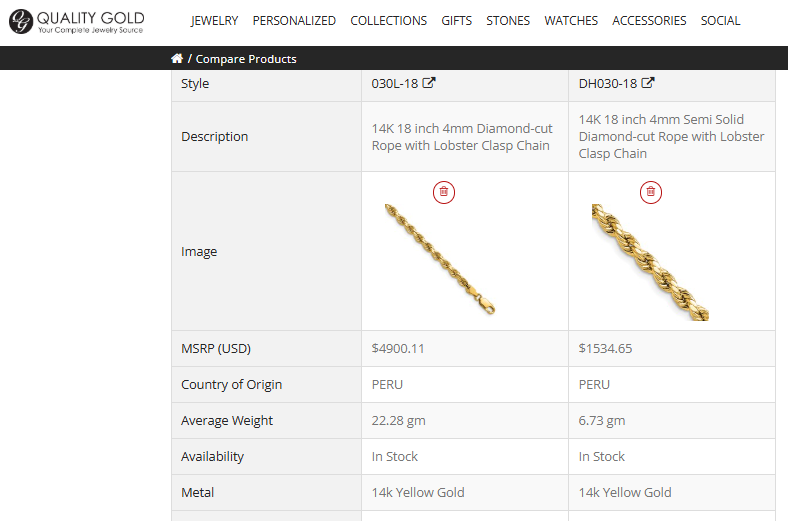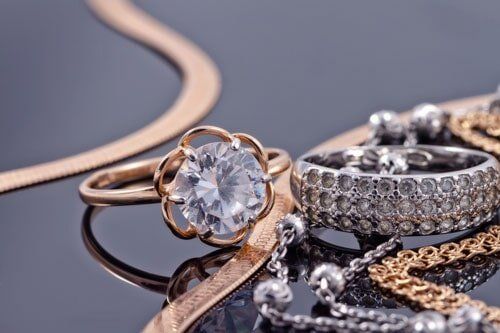





History
The October birthstones were named as Opal and Tourmaline in 1912 by the Jewelry Industry Council of America. In 1952, that was updated to be specifically pink tourmaline. Tourmaline comes in all colors, in fact, the word tourmaline comes from the Sinhalese tura mali
, which means "mixed gemstones of many colors". Pink is the rarest color of tourmaline, and can range from a light purplish-pink to a deep fuchsia or magenta. Until the 1800s, it was mistaken for other gemstones. Even the Russian Crown Jewels include "rubies" which turned out to actually be rubellite tourmalines.
Tourmaline can be found all over the world, but it is mostly in the Americas. In the 1890s, a large amount of pink and red tourmaline was found at Mesa Grande in San Diego County CA. At first, pink tourmaline from the U.S. was sold mainly to China. The Dowager Empress Tz'u Hsi loved it and placed orders through Tiffany's. When she passed away in 1908, she was laid to rest with many of her favorite jewels, including a pink tourmaline pillow. After the Xinhai Revolution, the market collapsed, and the mines around San Diego failed, causing many other business to fold as well. The mines were reopened decades later, and are going strong again.
Traditional Uses and Metaphysical Properties
Traditionally, tourmaline is regarded as a stone of creativity and inspiration. Supposedly, Shakespeare wore tourmaline jewelry to overcome writer's block. It was used as a talisman by artists & writers from the Renaissance to the Victorian Age. All colors of tourmaline are said to help polarize people's emotions and energy, heal a broken heart, disperse emotional pain, calm negative emotions, and produce compassion and wisdom when dealing with others.
Pink tourmaline in particular is imbued with unconditional love and friendship. It is great for counselors and healers due to promoting better listening and wisdom. It also radiates the greatest amount of love of any of the colors. People who have trouble dealing with fear or suffer from panic attacks may also find it helpful.
Geological Properties
Tourmaline is an aluminum borate silicate, with Moh's hardness of 7 - 7 1/2. The crystals are sometimes polarized, which can make them magnetic. A unique property of tourmaline is peizoelectricity. This means that when it is heated or rubbed, it acquires an electrical charge, and can attract dust, ashes, or other lightweight objects. This makes tourmaline useful in pressure devices, sonar apparatus, and other devices that detect or measure variables of pressure. In World War II, there was increased demand for tourmaline to be used in pressure-sensitive gauges in submarines.





















